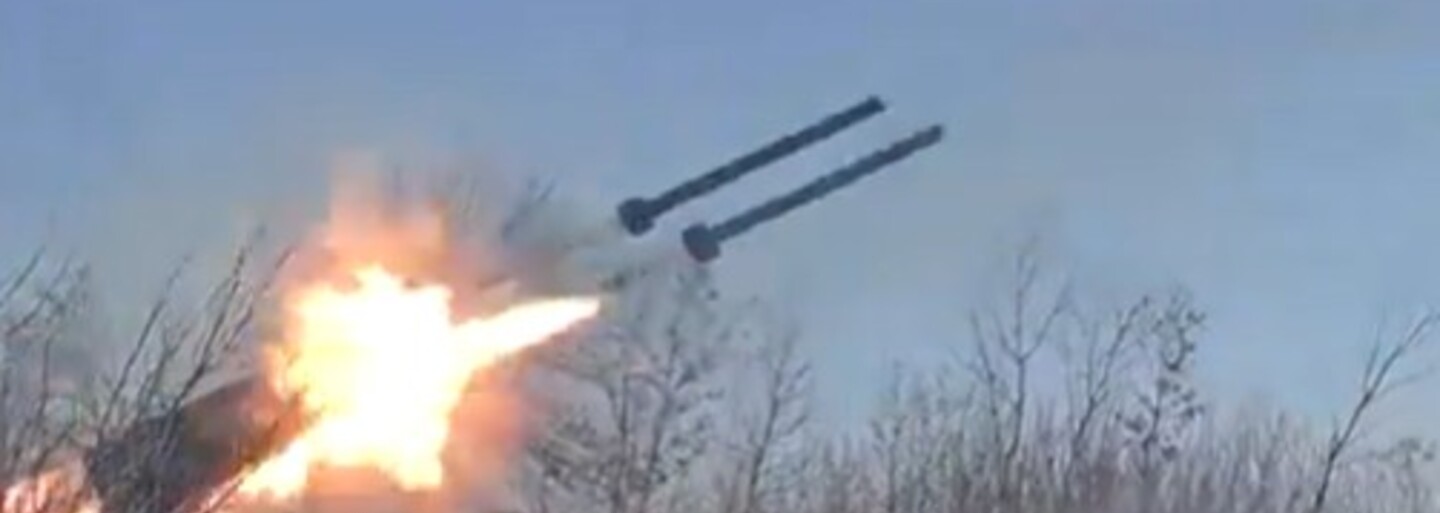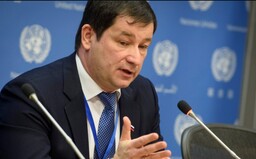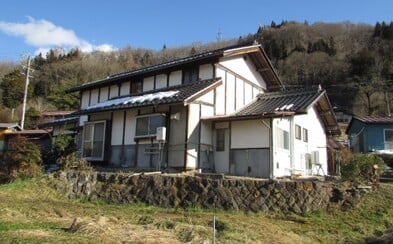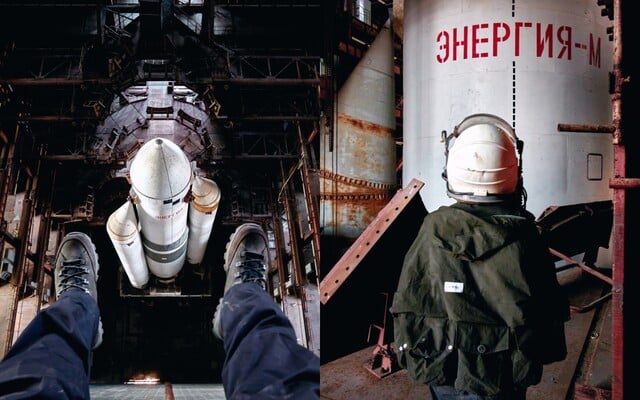 Latex model Natália: It turns me on to be a live f*ck doll. I can turn into a completely different person
Latex model Natália: It turns me on to be a live f*ck doll. I can turn into a completely different person
Latex model Natália: It turns me on to be a live f*ck doll. I can turn into a completely different person
Latex model Natália: It turns me on to be a live f*ck doll. I can turn into a completely different person
Small Atomic Bombs. The Russians Are Firing Missiles That Can Rupture Lungs and Obliterate Whole Cities at Mariupol
The Russian army uses thermobaric missiles to bomb the besieged city of Mariupol. The explosion of such a warhead is several times more effective than the explosion of a conventional bomb, explains security analyst
If problems persis, please contact administrator.

"Tests have shown that the new weapons are comparable to an atomic bomb in terms of efficiency and capability," said Alexander Rukshin, a high-ranking Russian military official, on account of the thermobaric bomb. At that time, the Russian Federation testing the thermobaric bombs that they are firing today during the siege of the Ukrainian city of Mariupol.
Russian thermobaric bombs have been talked about practically since the beginning of the war, because TOS-1A rocket launchers equipped with thermobaric missiles have appeared in photographs of Russian equipment several times. We are now getting the first images showing them in full operation, fired at the besieged city of Mariupol.
"The explosive power of a thermobaric warhead is so great that its explosions are often compared to a small nuclear weapon," explains security analyst Vladimír Bednár. The principle on which thermobaric bombs work causes total destruction of the impact area.
However, it is not only the pressure wave itself that is fatal, but also the vacuum that the explosion creates. In the impact zone, it can rupture a person's lungs .
This is what the first confirmed thermobaric warheads look like
As early as the end of February, just a few days after the start of the Russian invasion of Ukraine, the mayor of Ochtyrka accused the Russian army of repeatedly dropping thermobaric warheads on the city. Although these claims could not be verified at the time, Russian TOS-1A rocket launchers, which are equipped with thermobaric missiles, have appeared in several places in Ukraine.
🧵 We have three videos in this thread that appear to show the same TOS-1A near Mariupol, and I believe it could be possible to geolocate the exact launch site, and narrow down exactly what it was firing at. https://t.co/xeq7dMQAEO
— Eliot Higgins (@EliotHiggins) March 20, 2022
A significant shift occurred on March 19, when security analyst Michael Horowitz drew attention to the video that captures the TOS-1A rocket launcher in action. Until then, there was only speculation about the use of this rocket launcher, but this time the public had the first solid evidence that the Russians were bombing Ukrainian targets with thermobaric missiles.
The record was immediately picked up by investigator Eliot Higgins of the Bellingcat project, who, with the help of analysts, managed to locate the rocket launch site near Mariupol, which the Russian military has been besieging for more than two weeks. The video of the rocket launcher was finally published by Russia Today.
Fuel particles can penetrate anywhere with a thermobaric bomb
The thermobaric bomb can be either dropped from an aircraft or fired by a rocket launcher like the TOS-1A. The warhead operates on a fuel tank and two separate explosive charges, each with its own role, informs BBC.
When the rocket reaches its target, the first charge ruptures the tank with fuel, which is sprayed into the air and mixed with atmospheric oxygen. Fuel particles can penetrate through the slits practically anywhere, not only into buildings, but also into cellars or insufficiently sealed bomb shelters.
The remaining tank in the head then explodes and detonates the entire fuel cloud, causing a huge explosion, creating a pressure wave and, subsequently, a vacuum that absorbs oxygen in the air.
The power of the thermobaric warhead is enormous, says the expert
"Classic explosives are composed of fuel and oxidizer. The thermobaric, or volume-detonating or vacuum weapon works in a way that the explosive itself consists only of fuel. This bomb contains a thin-walled tank with fuel, with another classic charge inside the tank, " explains analyst Bednár.
"At first, a small classic charge explodes in the thermobaric warhead, which tears up the tank with the fuel, which is dispersed into the air, and only then does it ignite. The explosive itself does not contain an oxidizer, as a result of which the power of the thermobaric warhead is several times greater than in the case of a conventional bomb. That is the reason why it is so effective," says Bednár.
Another view, likely of the same incident, filmed by RT pic.twitter.com/XwOZLeaifv
— Michael A. Horowitz (@michaelh992) March 20, 2022
However, the blasting of airborne fuel, the pressure wave and the vacuum that will arise at the site of the detonation does not only damage buildings. It can have a devastating effect on the human body.
At the epicenter of the explosion, the charge mixing with the fuel cloud can drive the temperature to dizzying heights of more than 3,000 degrees Celsius, so that in conjunction with the pressure wave, one has no chance of survival. Even at a greater distance from the direct epicenter of the explosion, the bomb can cause the lungs to rupture or the eardrums to rupture, explains NBC News.
The Russians use thermobaric bombs to obliterate cities
The consequences of the Russian bombing of the Ukrainian city of Mariupol are considerable. The city council announced last week that the bombing had damaged or destroyed about 80 percent of all residential houses in the city, of which almost 30 percent will not be repairable, writes Al Jazeera.
Images of the TOS-1A rocket launcher now confirm that thermobaric warheads also played a significant role in this total destruction of the city. Security analyst Vladimir Bednar says that this is not the first first time Russian thermobaric missiles were used for destroying cities and residential buildings full of civilians.
Mariupol#Ukraine🇺🇦 pic.twitter.com/BXDCAx8GJl
— Aleph א 🇺🇦 (@no_itsmyturn) March 21, 2022
The Russian army used thermobaric bombs in Afghanistan, but intensively employed them especially during the Chechen war, during which they already had the aforementioned TOS-1A rocket launcher at their disposal. "This rocket launcher was used by the Russians when they needed to demolish an entire block of houses and obliterate a city. They developed a rocket launcher, which does not have a large range, but has a huge destructive force," explains the expert.
According to him, a long range is not needed in cities. The TOS-1A rocket launcher can fire missiles at a maximum distance of 9 kilometers, which is enough distance to besiege places. "Russia sees thermobaric bombs as the primary weapon in the residential areas, using them to obliterate these cities. That is the reason why we see them in Mariupol, " the expert states. The Russians themselves refer to this device as the "heavy flamethrower".
Thermobaric bombs were already tested by the Nazis, but they proved themselves most useful in Vietnam
However, the technology behind thermobaric weapons is far from new. Its origins can be traced back to World War II, when Nazi Germany experimented with thermobaric bomb weapons, but they proved particularly useful to Americans during the Vietnam War, writes The Independent.
"Thermobaric bombs were used by the Americans in Vietnam, when they needed great explosive power to clear the terrain of jungle and allow helicopters to land. The biggest thermobaric bomb ever used by Americans was therefore nicknamed the 'chisel of daisies', " analyst Bednár recalls the past.
According to him, it is currently difficult to estimate how many thermobaric rocket launchers Kremlin sent to Ukraine, because every launcher, of course, cannot be documented by publicly available sources.
"We know that Russia has about 50 TOS-1 rocket launchers, but it is difficult to say how many of them are in Ukraine. So far, we have seen these rocket launchers near Kiev, on the Eastern Front and now near Mariupol, so Russia uses thermobaric bombs in every area where a larger city is being besieged, to break the will of Ukrainians" concludes the security expert Bednár.
If problems persis, please contact administrator.













